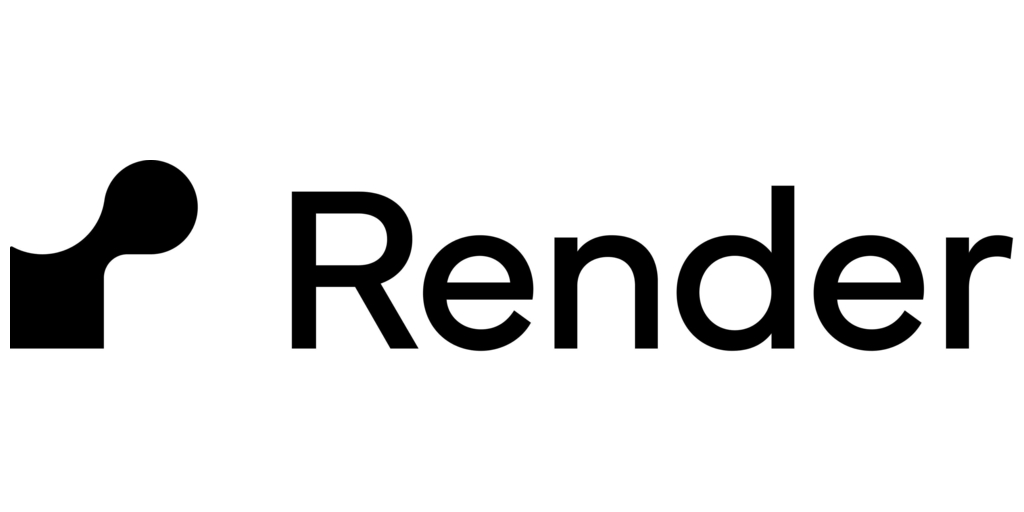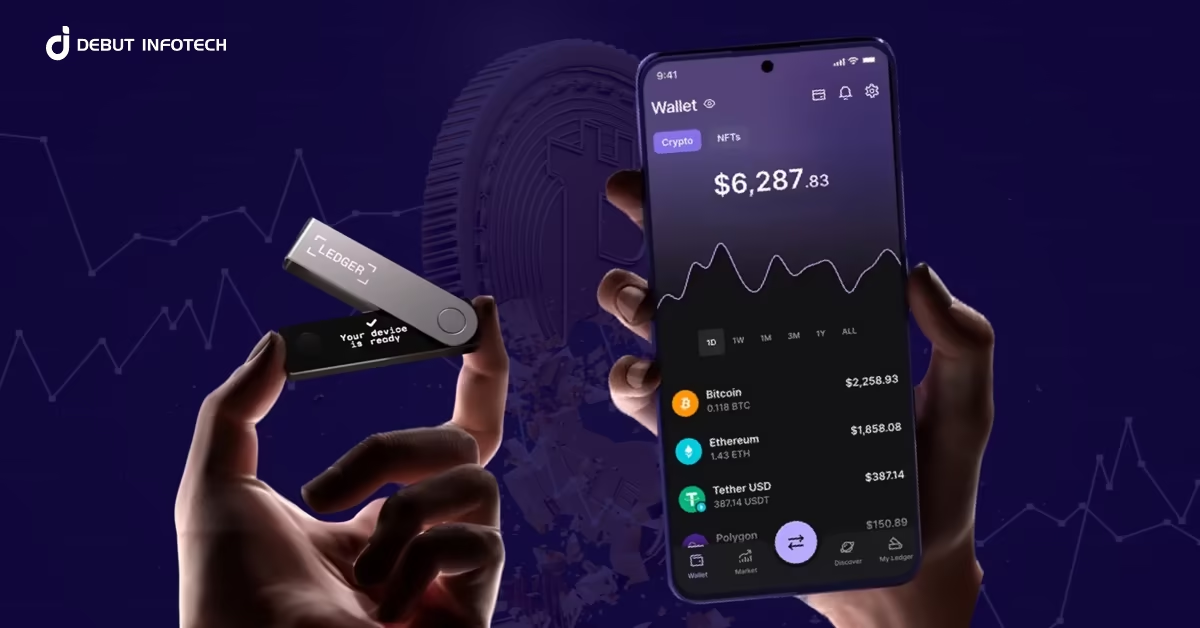Render Network is revolutionizing GPU rendering by offering a decentralized platform that connects creators with unused GPU power across the globe. By using blockchain technology and its native RNDR token, Render enables affordable, scalable, and transparent rendering for AI and 3D projects. Here’s how it works.
What Is Render Network and Why It Matters
Render Network operates like an “Airbnb for GPUs.” Creators—such as 3D artists and AI developers—can tap into idle graphics power supplied by node operators. These operators are individuals or companies offering their GPUs in exchange for RNDR tokens.
This setup addresses key problems with centralized rendering services, including high costs, limited scalability, and vendor lock-in. It democratizes access to GPU power while allowing operators to monetize unused hardware.
Also read: What Is Liquid Staking? How It Works and Why It’s Gaining Popularity in DeFi
Setting Up as a Creator on Render Network
To get started, creators need an OctaneRender license from OTOY. Once licensed, they can:
- Access the Creator Portal using OctaneRender credentials.
- Export projects as ORBX files (which contain all rendering assets).
- Submit jobs, choose preferences, and allocate RNDR tokens.
- Track progress and download results once rendering is complete.
This streamlined process enables creators to access GPU power on demand, tailored to their project’s complexity and urgency.
How Node Operators Earn RNDR Tokens
For GPU owners, Render Network offers a new income stream.
- Start by filling out the Interest Form to join the onboarding queue.
- Once onboarded, operators can run rendering jobs, verified through Render’s “proof-of-render” mechanism.
- After successful task completion, RNDR tokens are transferred to their wallets.
The system ensures transparency, rewarding only validated work while maintaining blockchain-level trust.
The Crypto Economy Behind Render Network
The RNDR token powers the entire ecosystem. Creators pay for services with RNDR, and node operators earn it as compensation. Every transaction is recorded on-chain, ensuring transparency and fair pricing. A small fee (0.5%–5%) is deducted to sustain the network.
This crypto-economic model enables fast, low-cost rendering while incentivizing GPU providers and reducing reliance on centralized infrastructure.




